We earn a commission for products purchased through some links in this article.
Navigating and understanding emotions can be difficult. And while many adults struggle to identify, process, and express their feelings in healthy ways, it's even more of a challenge for children. Learning emotional intelligence in childhood will set our kids up for healthy interpersonal relationships, personal achievement and self awareness, and job success. One of the easiest ways to guide our children now, is to use children books about feelings and emotions.
WHAT IS EMOTIONAL INTELLIGENCE?
First coined by psychologists Mayer and Salovey in1990, emotional intelligence refers to one’s capacity to perceive, process and regulate emotional information accurately and effectively, both within oneself and in others and to use this information to guide one’s thinking and actions and to influence those of others.
Emotional intelligence plays a vital role in social and psychological health, and it is important to note that it plays an important role in physical health as well. Self-awareness – the ability to manage emotions and stress – and the ability to solve personal, as well as interpersonal problems, is important for keeping stress hormone levels regulated, and thus reducing chances of anxiety, depression, heart disease, and chronic illness.
TOOLS FOR TEACHING EMOTIONAL INTELLIGENCE
We love the resources at Generation Mindful! As they say, children aren’t born knowing how to regulate their emotions any more than they are born knowing how to tie their shoes. Regulation is a skill, so let’s teach it!
The Time-In ToolKit is a guided resource that nurtures social and emotional skills by engaging both adult and child in mindful, affirming conversation and play around the many feelings we all experience. Children can be taught social and emotional skills in much the same way we teach them to read and write.
One kit is all you'll need per home or classroom and the many play-based activities in the ToolKit easily adapt to diverse settings and neurological abilities.
CHILDREN'S BOOKS ABOUT FEELINGS AND EMOTIONS
Ages 4-8
One day, Color Monster wakes up feeling very confused. His emotions are all over the place; he feels angry, happy, calm, sad, and scared all at once! To help him, a little girl shows him what each feeling means through color. As this adorable monster learns to sort and define his mixed up emotions, he gains self-awareness and peace as a result. Caregivers will enjoy sharing this concept book that taps into both socio-emotional growth and color concepts in a simple, friendly way.
Ages infant - 3 years
The Feelings Book vibrantly illustrates the wide range of moods we all experience. Kids and adults will appreciate Todd Parr's quirky intelligence as he pays special attention to the ever-changing, sometimes nonsensical emotions that we all feel. Targeted to young children first beginning to read, this book will inspire kids to discuss their multitude of feelings in a kid-friendly, accessible format, told through Parr's trademark bold, bright colors and silly scenes.
Ages infant - 3 years
Everyone knows the misery that comes with meltdowns. Through rhythmic text and warm illustrations, this gentle, reassuring book offers toddlers simple tools to release strong feelings, express them, and calm themselves. Children learn to use their calm-down place—a quiet space where they can cry, ask for a hug, sing to themselves, be rocked in a grown-up’s arms, talk about feelings, and breathe. After a break, toddlers will feel like new—and adults will, too. Books include tips for parents and caregivers.
Ages 3- 7 years
Sadness can be scary and confusing at any age! When we feel sad, especially for long periods of time, it can seem as if the sadness is a part of who we are--an overwhelming, invisible, and scary sensation. In When Sadness Is at Your Door, Eva Eland brilliantly approaches this feeling as if it is a visitor. She gives it a shape and a face, and encourages the reader to give it a name, all of which helps to demystify it and distinguish it from ourselves.
Ages 2-7
Sadness happens. Let’s help kids cope with it. Children aren't always prepared for the emotions that overcome them. Adults aren’t either. Kappy is a regular little kid who feels a variety of emotions all day long. Sometimes she feels happy and glad, sometimes she feels blue and sad. Talking with her Dad about her feelings helps her understand her feelings and gives her ideas for things she can try when some days are blue. Parents appreciate the opportunity to talk with their children about happiness and sadness. It honors emotions while problem-solving how to perk up when feeling sad.
Ages 3-7
Jim Panzee is in a terrible mood for no good reason. His friends can't understand it--how can he be in a bad mood when it's SUCH a beautiful day? They encourage him not to hunch, to smile, and to do things that make THEM happy. But Jim can't take all the advice...and has a BIT of a meltdown. Could it be that he just needs a day to feel grumpy? Suzanne and Max Lang bring hilarity and levity to this very important lesson. This picture book is an excellent case study in the dangers of putting on a happy face and demonstrates to kids that they are allowed to feel their feelings (though they should be careful of hurting others in the process!).
Ages infant - 3 years
Illustrations and rhyming text portray children experiencing a range of emotions, including frustration, shyness, jealousy, and pride.
Ages 4-8
Meet a boy with feelings so big that they glow from his cheeks, spill out of his eyes, and jump up and down on his chest. When a loud truck drives by, he cries. When he hears a joke, he bursts with joy. When his loved ones are having a hard day, he feels their emotions as if they were his own. The boy tries to cope by stuffing down his feelings, but with a little help and artistic inspiration, the boy realizes his feelings are something to be celebrated. The Boy with Big, Big Feelings is relatable for any child, but especially for children experiencing anxiety and extreme emotions, or who have been diagnosed with autism or as a Highly Sensitive Person.
Age 3-8
Do YOU have the magic breath?
Let’s see…Take a deeeeeep breath in…and BLOW it out…and like magic, you can feel better just by breathing! Sometimes it’s hard to feel happy. But with this interactive picture book, children breathe along as they learn how to make angry or sad thoughts disappear. In a world that is sometimes too busy, with too many things going on, My Magic Breath will help steer children into a serene space of mindfulness, self-awareness, and balance.
ERICKSON FAMILY'S FAVORITE CHILDREN'S BOOK ABOUT FEELINGS AND EMOTIONS
Any age
Children struggle with big emotions and knowing how to manage them. They desperately need connection with a loving adult and to be given the example of how to deal with such things as anger, frustration, disappointment, sadness, and the like. This book showcases a mother-child relationship. The mother offers her presence, her unconditional love, her peace and calm, her affirmation of the feelings, and teaches the child how to breathe, connect, and to meditate/pray. This book will not only encourage and help young children, but will also give inspiring tools to the adults who love them.
Hi, we're the Ericksons
We're the founders of Flourishing Homes & Families, and this is Where Families Flourish. We live in the Pineywoods of East Texas, and this is our online space where we share our heart and soul for Gentle Parenting, cultivating peaceful, healthy homes, and overcoming the overwhelm and underwhelm of parenthood so we can overflow into who our children are meant to become.
We are passionate about...
... gentle parenting, and equipping you to peacefully parent your children with wisdom, grace, and gratitude.
...wellness and flourishing, and bringing both into the lives and homes of our sweet community.
...helping mamas overcome anxiety and anger, so they can embrace and enjoy peaceful and purposeful motherhood.
David holds a Ph.D. in Theology from Southwestern Baptist Theological Seminary. He is a professor of theology and church history. He is unapologetically passionate about reclaiming scriptural view of childhood and discipline.
Amanda is a work-from-home mama with a Bachelor of Arts in Biblical studies. She fearlessly leads women towards grace-based and naturally-minded motherhood,
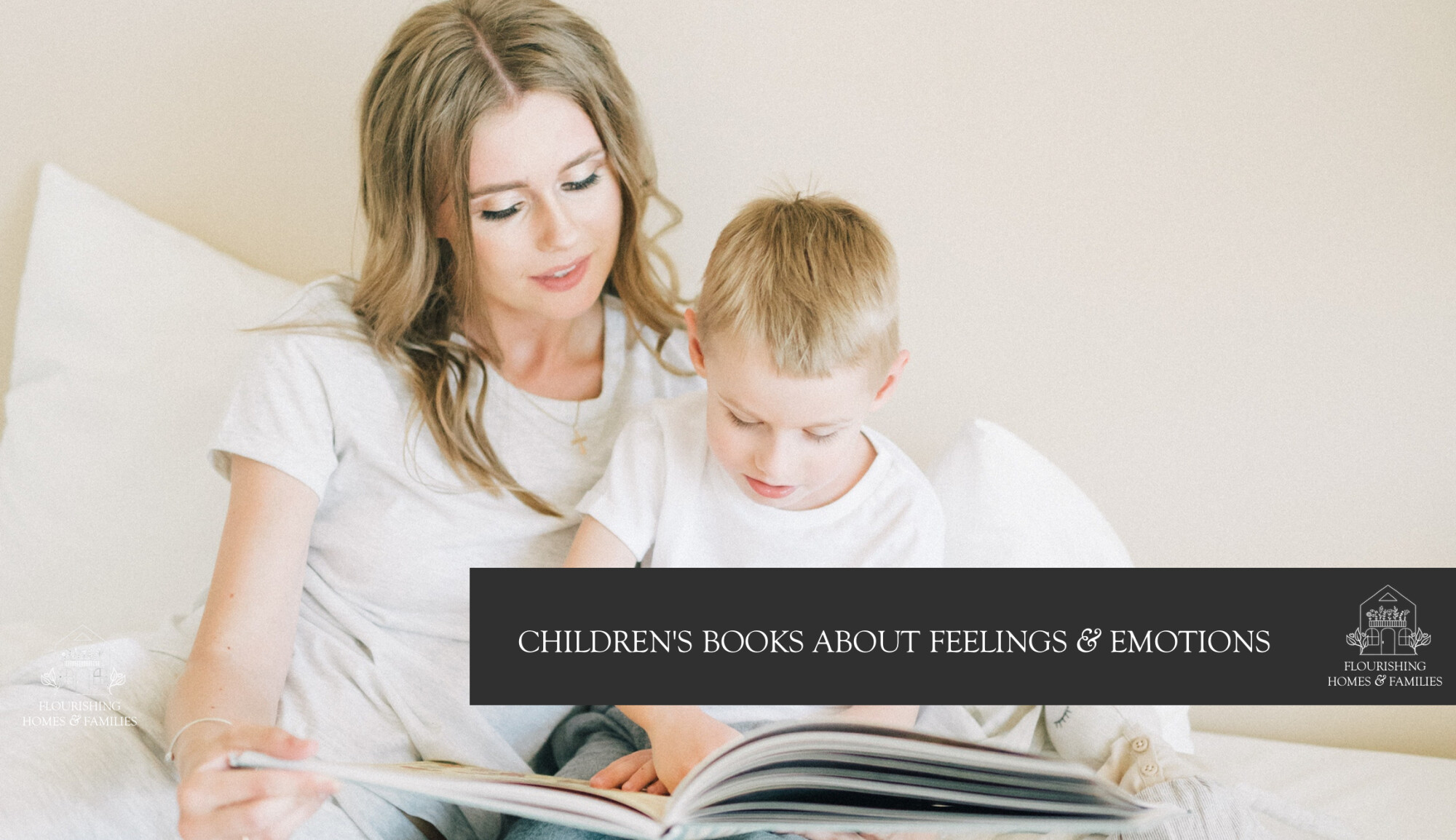





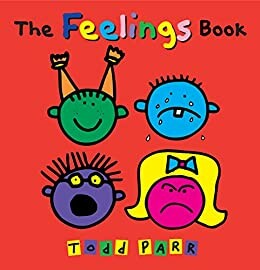
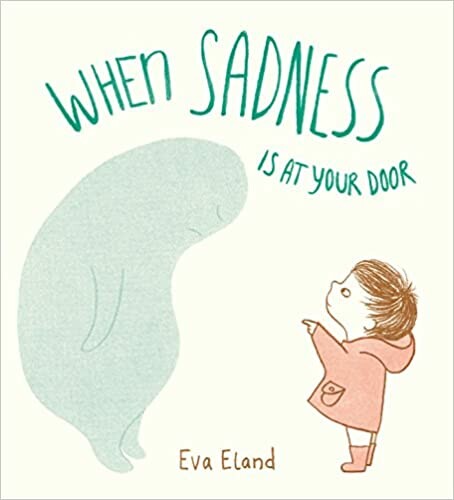
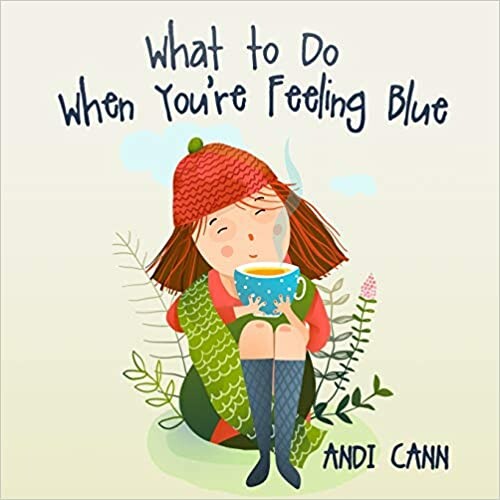
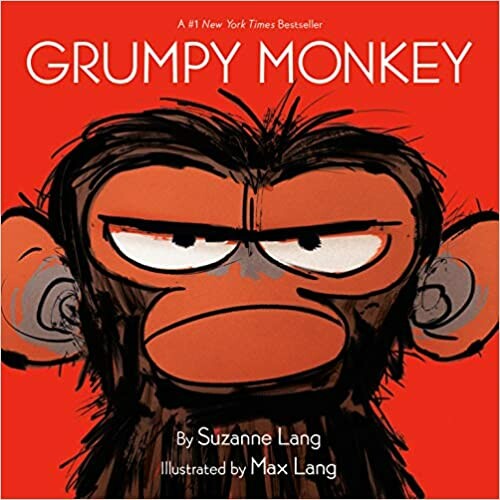
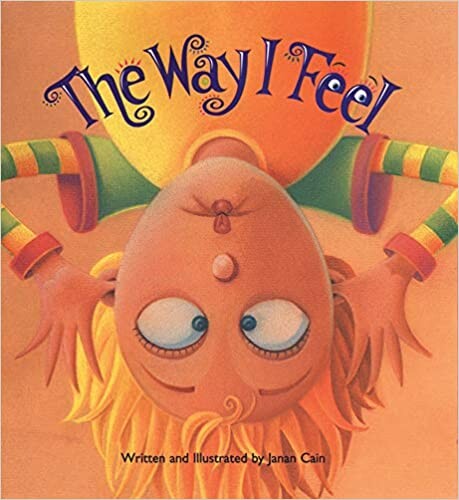
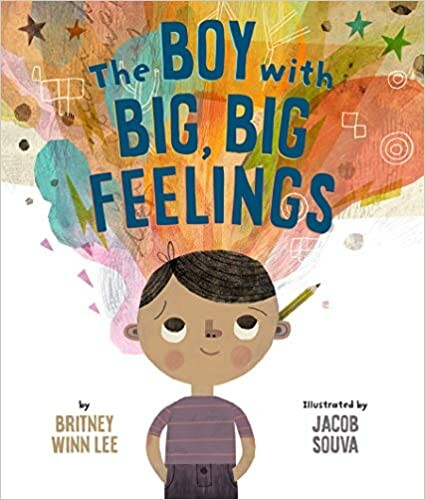
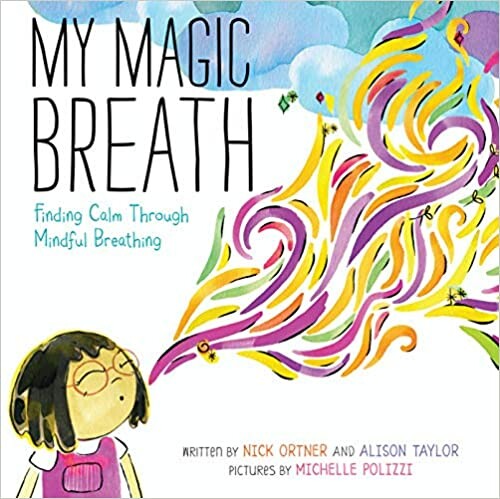
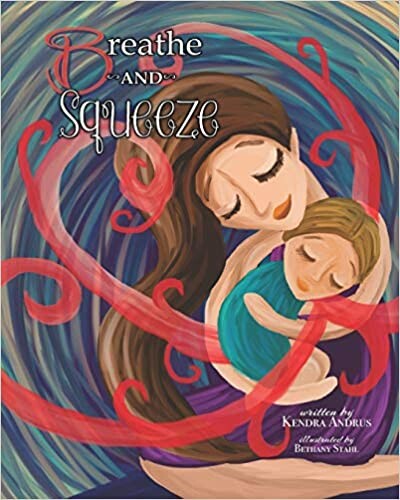
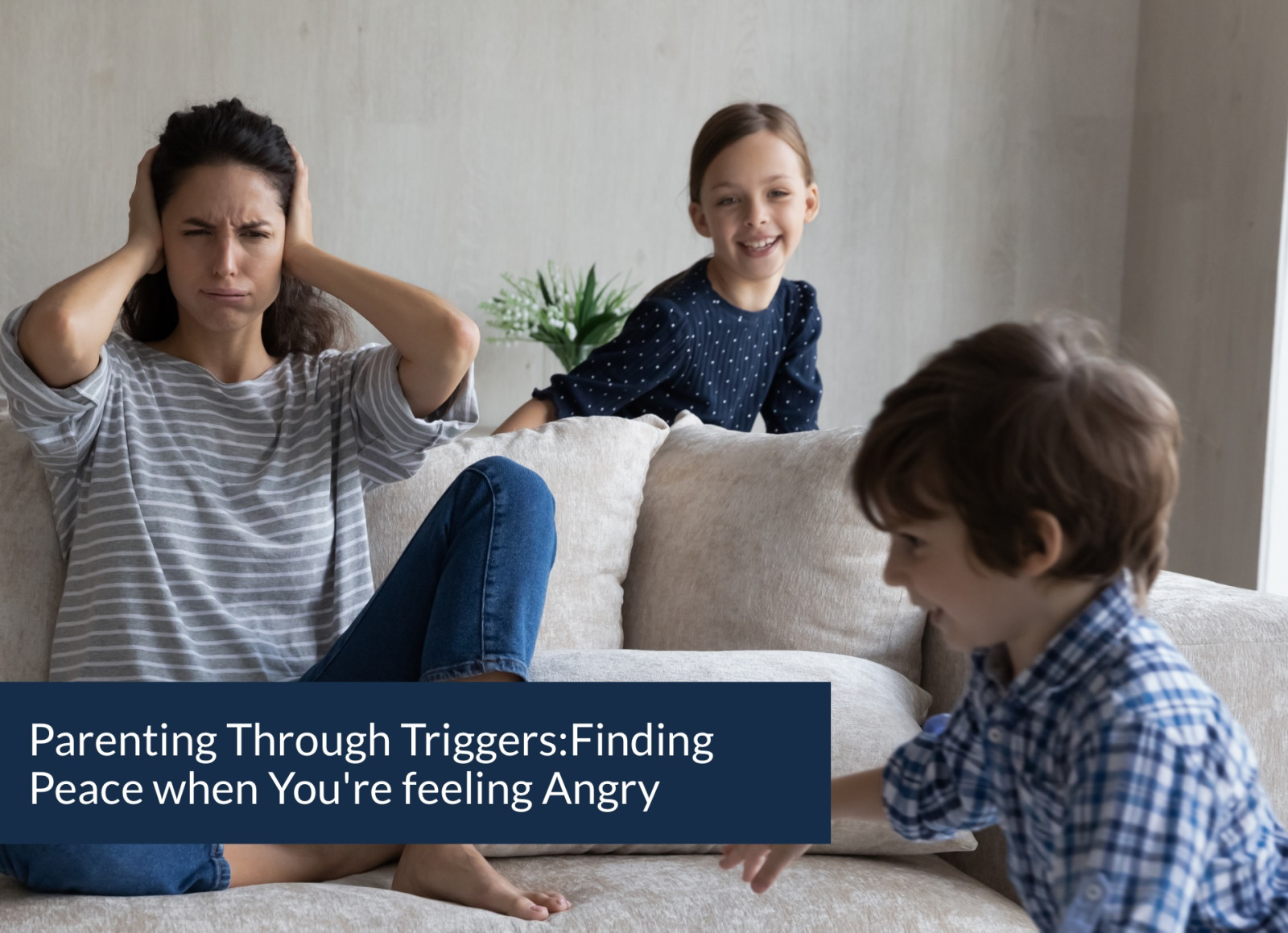

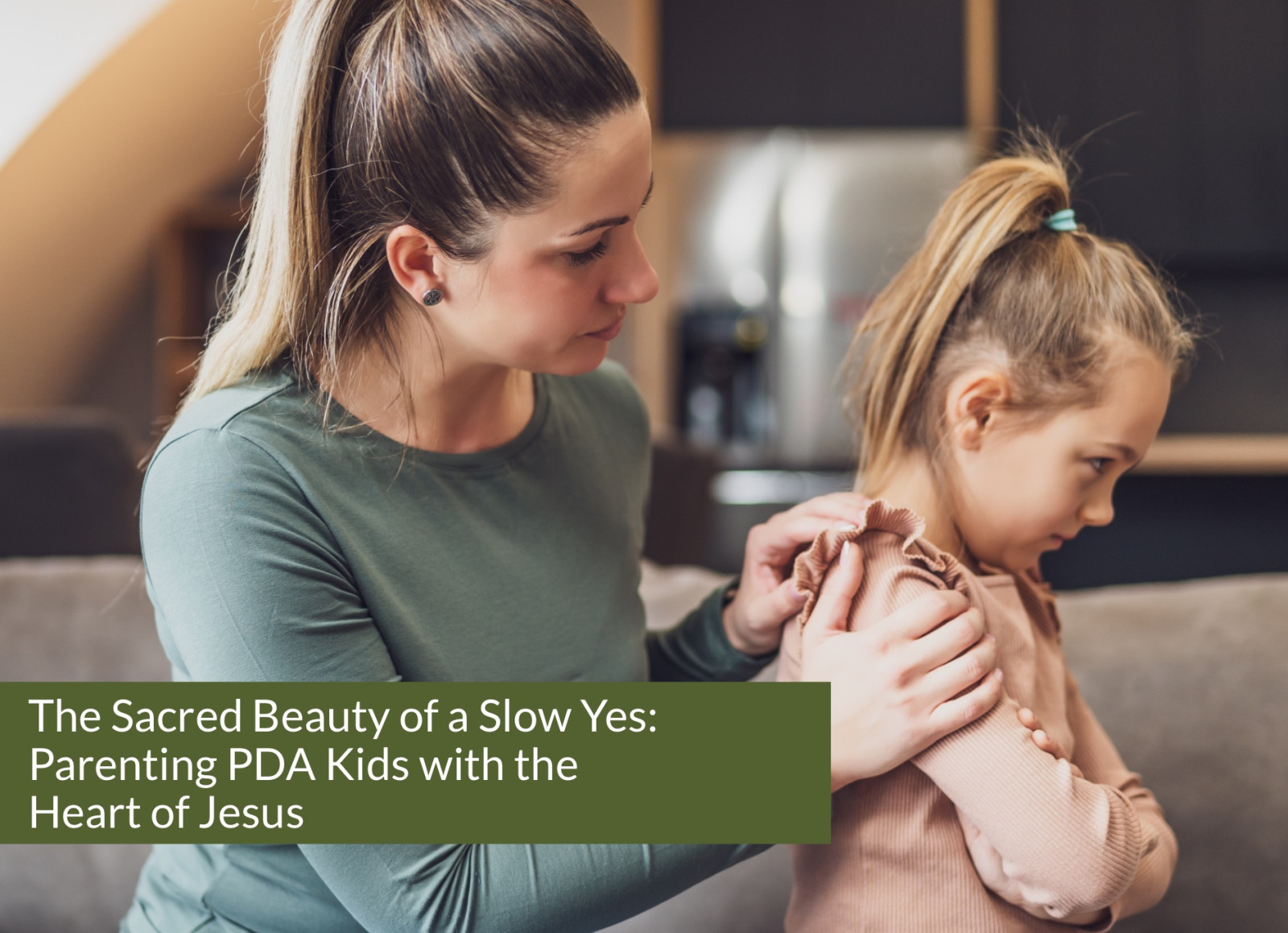







0 Comments